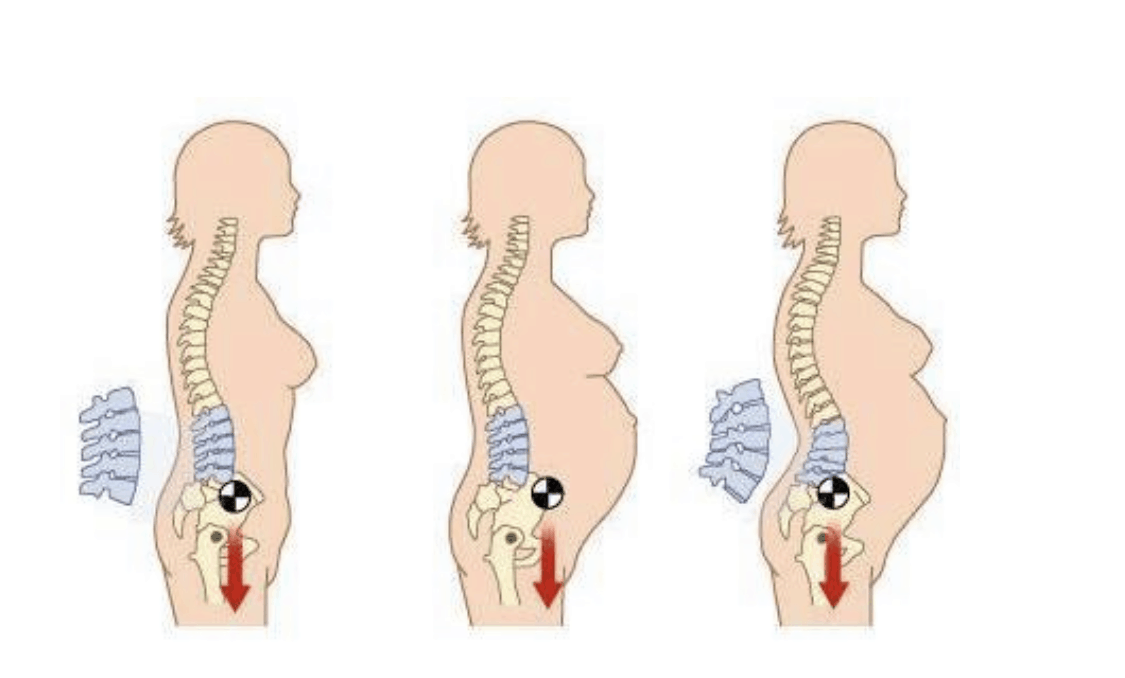Coping With Pelvic Pain

Although pelvic pain affects about 16% of the population, and possibly more since it is under-reported, men and women who suffer from this condition often feel alone and isolated. Common feelings associated with pelvic pain include depression, anxiety, hopelessness, a sense of shame, a sense of feeling like damaged goods, suicidal thoughts, and frustration with the medical system. No one can cope with pelvic pain alone and it is essential to reach out and talk about all of these natural and common feelings with someone you can trust. Suppressing these feelings can make the pain worse.
There are a multitude of reasons why men and women experience pelvic pain but anxiety is definitely an exacerbating and sometimes a contributing factor. Therefore finding ways to minimize anxiety is essential to the healing process. Anxiety can only be mitigated through an integrated approach which includes mindfulness, meditation, breathing techniques, and psychotherapy. Cognitive behavioral therapy can be very effective because it helps re-frame ideas about pain and changing your thought process about the pain can actually change the quality of the pain. For example, if you spend all your time thinking about pain and that you will never get better, the pain will actually feel worse. But when you have pain and say to yourself I know that I will not always feel this way, the pain actually can feel less acute.
Mind and Body
There is definitely a mind body connection when it comes to pain. Even when the root of pelvic pain is purely medical, how your mind perceives and copes with pain can affect the healing process. Effective treatment of pelvic pain requires an integrative approach which includes both and Eastern and Western medicine. And physical therapy is one of the most effective tools in treating pelvic pain.
Treatment
Treating and coping with pelvic pain can be an exhaustive process requiring multiple medical professionals and appointments. And the healing process is a marathon, not a sprint so you need patience and perseverance. However, having a short and long term treatment plan can be so helpful. Setting realistic goals and markers can help maintain hope that you will improve. I always ask clients if you look back to where you were several months ago, almost all can say they have seen some improvement. So never minimize any improvement because any form of healing is significant. And I never use the term baby steps because any step is momentous.
It is so easy to lose hope when dealing with pelvic pain. However, finding effective emotional support and using an integrative approach will put you on the journey to healing.
Written by:
Nancy Fish, LSCW, MPH and co-author of Healing Painful Sex: A Woman’s Guide to Confronting, Diagnosing and Treating Sexual Pain







